Freshwater Pearls vs Saltwater Pearls: How to Choose Based on Price

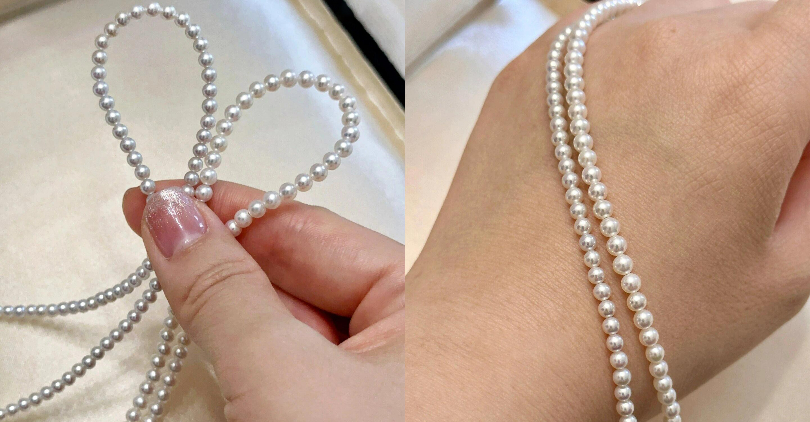
Ever wonder what the difference was between freshwater pearls and saltwater pearls? Picking the right one can be overwhelming at times, especially when price is a big factor. But don't stress-we're breaking it all down for you.
The general feeling about freshwater pearls is that they are less costly than their saltwater cousins. It's simply because of how they are farmed. Freshwater pearls can be produced in greater quantities, hence reducing some of the costs.
The great majority of saltwater-grown pearls, such as Akoya and Tahitian, are much more expensive. The main factor is their rarity and longer periods spent growing them.
Want to get to the nitty-gritty? Continue reading for all the deets on what makes each type of pearl special and what will fit your budget just right.
Price Range Comparison
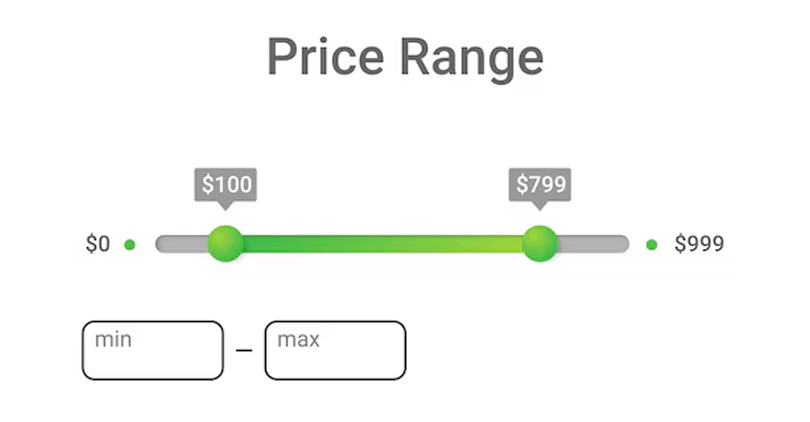
Knowing the price range makes a great difference when one has to make their mind up on freshwater or saltwater pearls. Let's break it down so you know what to expect with each:
Freshwater Pearls
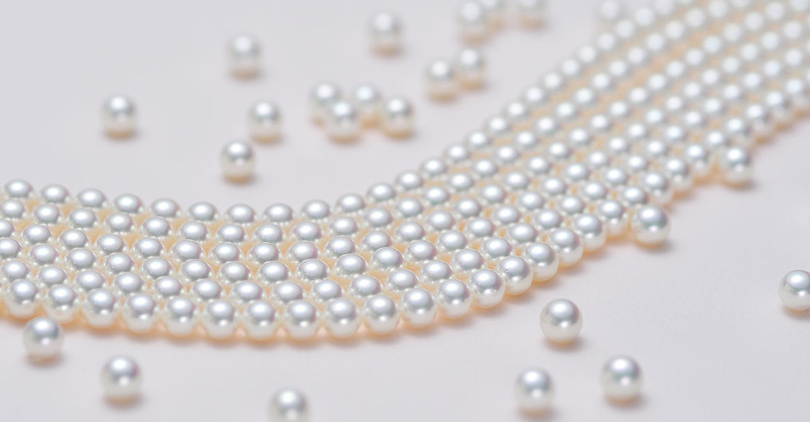
If you are looking for something in the pretty yet affordable range, then freshwater pearls would be just ideal. They generally range from $50 to $1,000 depending upon size, shape, and luster, among other factors.
For instance, a tiny, delicate, freshwater pearl necklace starts at approximately $50. And a large round pearl with a very excellent luster can be close to $1,000.
At White Victoria, you would get a wider variety of freshwater pearls. They are ideal for persons who want pearl elegance but on a minimal budget.
Seawater Pearls
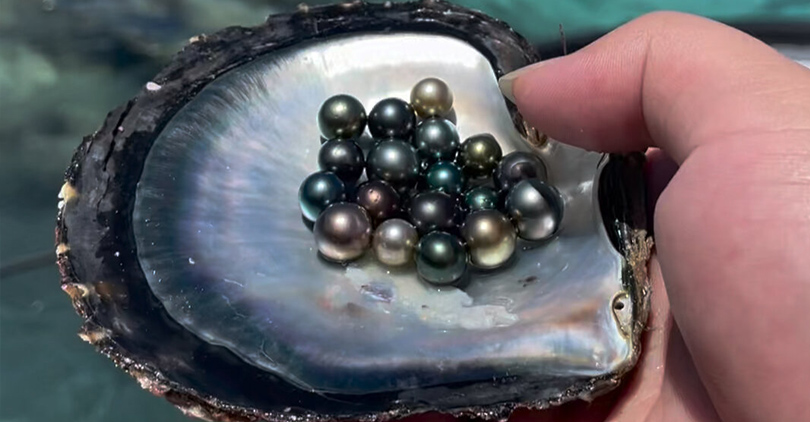
Of course, saltwater pearls, including Akoya, Tahitian, and White and Golden South Sea, are more expensive. But they are of incredible quality and rarity. Prices start at about $300 and go over $10,000.
To give an example, a necklace made of Akoya would cost between $300 and $2,000. At the same time, a beautiful South Sea pearl is over $10,000.
The White Victoria definitely appeals to those desiring true luxury with the high-end saltwater pearls. And it has something in every other budget within this higher price range.
Why Freshwater Pearls Are More Affordable
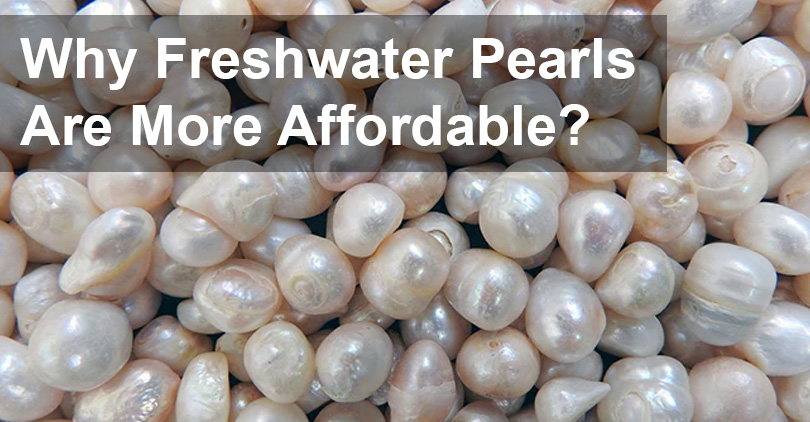
Have you ever compared different kinds of pearls? If yes, you might have noticed that freshwater pearls are much less expensive than their saltwater cousins. But why is this? Below, we will explain some of the reasons behind this price difference:
Freshwater Pearls

Most freshwater pearls are produced in rivers and lakes – particularly in China. One important fact that helps to make them more affordable is that each mussel can provide several pearls.
Because there are more of this type available for purchase (due to their higher yield), prices generally tend to be lower overall. Indeed, it's not uncommon for a single mussel to produce as many as 20 pearls at once.
White Victoria has created a range of freshwater pearls for people who want an elegant look without paying top dollar. Are you looking for a simple pearl bracelet or an intricate necklace?
For example, you can buy this 10.0-11.0mm White Freshwater Pearl & Silver Bracelet. Or look at this intricate 2.5-3.0mm White Freshwater Pearl Necklace. Beautiful freshwater pearls can be yours at a fraction of the cost you would expect to pay for saltwater varieties.
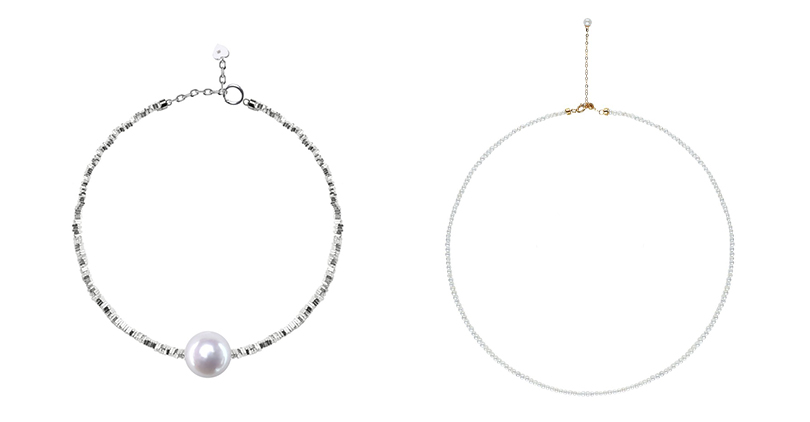 Shop Now
Shop Now
Saltwater Pearls
More valuable saltwater pearls are produced in the oceans of Japan, French Polynesia, and Australia. Whereas it is possible for many pearls to result from one freshwater mussel, most saltwater oysters produce only one. Thus, it makes them rarer and much more valuable.
In fact, the entire cultivation of these pearls is very labor-intensive. It is another factor that adds to their rarity and, hence, makes them very expensive.
White Victoria offers a range of exclusive saltwater pearls. They range from stunning Tahitian to beautiful South Sea for customers who look for really high-end products. Just look at this exclusive 16.0-17.0mm White South Sea Pearl & Diamond Glows Pendant in 18K Gold. Beautiful and stunning!
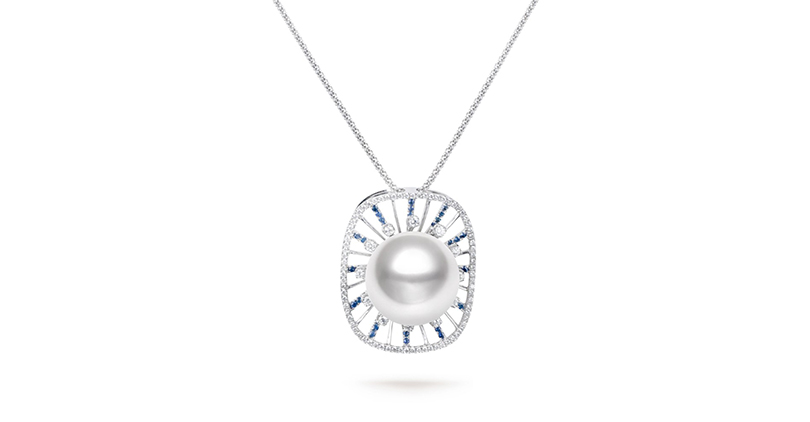 Shop Now
Shop Now
Shape and Size Variability
When it comes to pearl selection, size and shape can make all the difference in terms of style and price. Let's compare how different freshwater and saltwater pearls are from each other in those respects:

Freshwater Pearls
Freshwater pearls are shaped to the round, oval, or baroque. Of course, there are perfectly round freshwater pearls. But they are as rare and thusly priced due to scarcity.
Most freshwater freshwater pearls are slightly off-round or poetically shaped, one-of-a-kind. It can be very useful when someone wants something different.
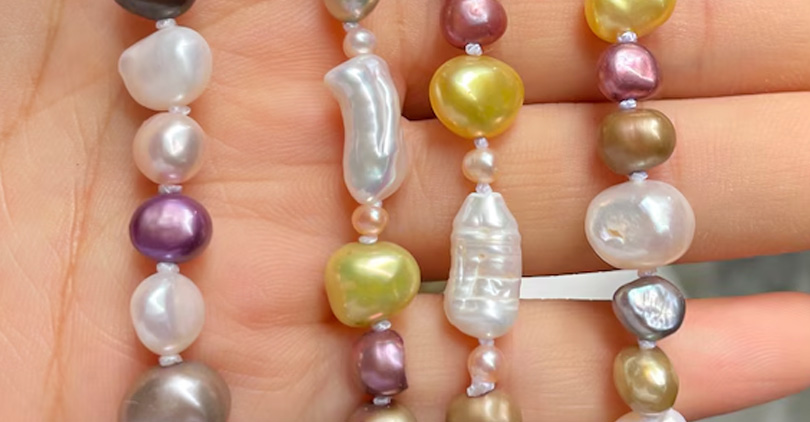
White Victoria provides an outstanding range of freshwater pearls in each of these shapes and sizes. It ensures there is something for everyone. You can find here everything from the easy classic round pearl to those truly artistic baroque styles.
Saltwater Pearls
Saltwater pearls have a tendency to be more round and larger than freshwater pearls. Their more symmetrical shape and size are a result of careful cultivation. That is why they account for the higher value.
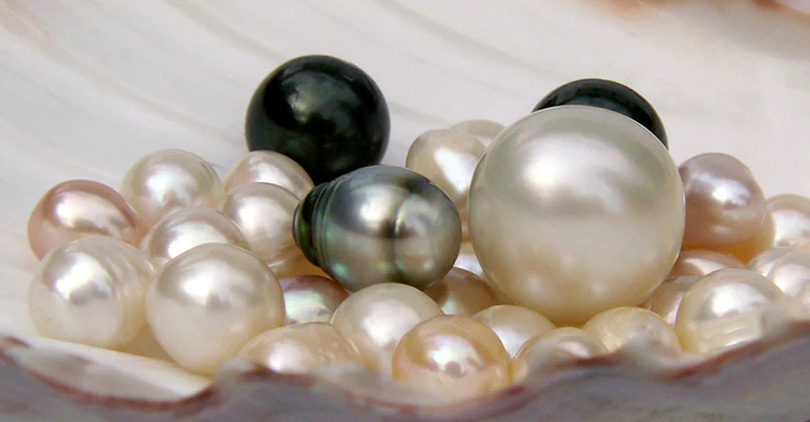
At White Victoria, expect an assortment of only the finest saltwater pearls, which truly carry a notion of luxury. No matter whether you are searching for Akoya, Tahitian, or South Sea pearls. Expect only the finest quality and great variability.
Luster and Quality Comparison
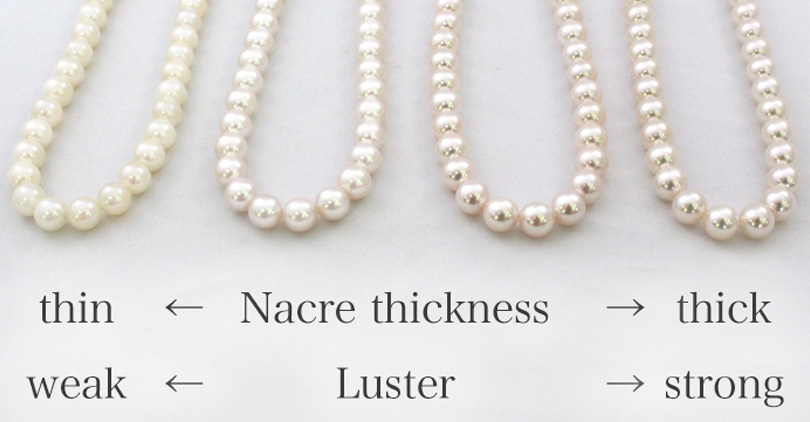
When it comes to pearls, one of their most fascinating attributes is how they reflect light—a characteristic known as luster. Freshwater and saltwater pearls each have something unique to offer in this regard. Let's take a closer look at the difference.
Freshwater Pearls
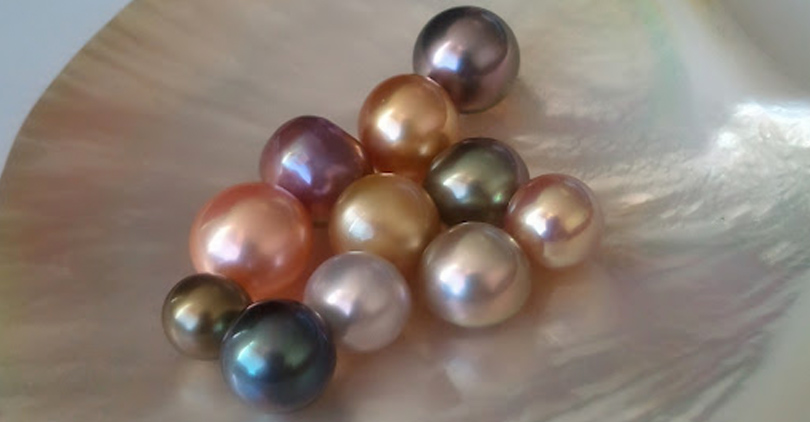
Compared to saltwater pearls, freshwater pearls have a softer glow and more subtle luster. They don't possess that looking-glass shine. However, high-quality freshwater pearls can still be quite brilliant.
White Victoria has an array of fine freshwater pearl jewelry with high luster. Think delicate necklaces that seem to glow from within or simple yet elegant studs.
Just look at these beautiful 4.0-7.0mm White Freshwater Pearl & Diamond Accent Earrings in Sterling Silver with a very high luster. Or consider opting for this 9.0-10.0mm White Freshwater Pearl Bracelet.
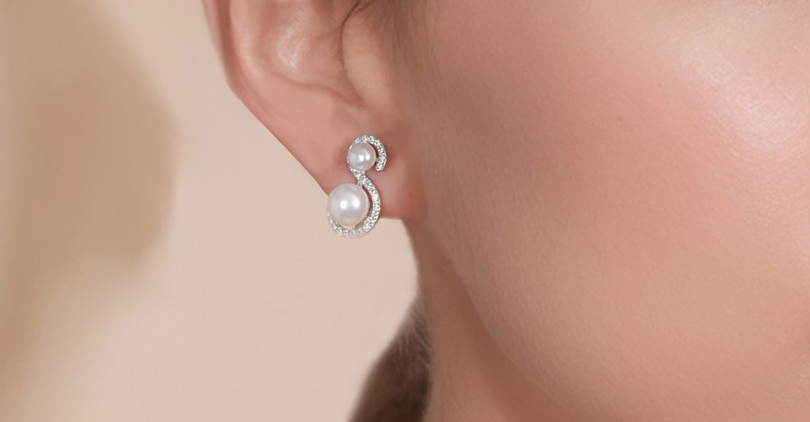 Shop Now
Shop Now
Saltwater Pearls
Saltwater pearls have (no surprise) higher luster than their freshwater cousins. Within this category, Akoyas are particularly renowned for their mirror-like finish. It reflects light incredibly well. It's why they're favored for top-end jewelry lines.
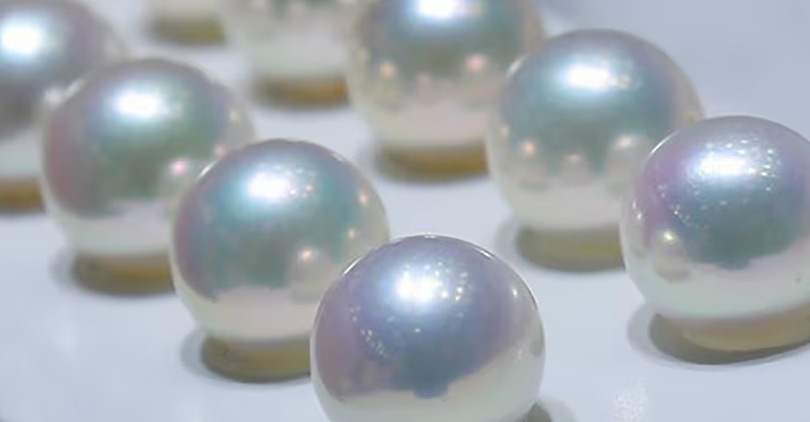
Want something that really shimmers? Check out White Victoria's stunning saltwater pearl collections. Pieces from this line are designed to catch the eye—all while exuding sophistication.
For example, these 10.0-11.0mm Baroque Blue South Sea Pearl Rain Drop Earrings in 18K Gold look beautiful due to their very high luster. You can match them with a 9.0-12.0mm Blue-grey Tahitian Pearl Necklace.
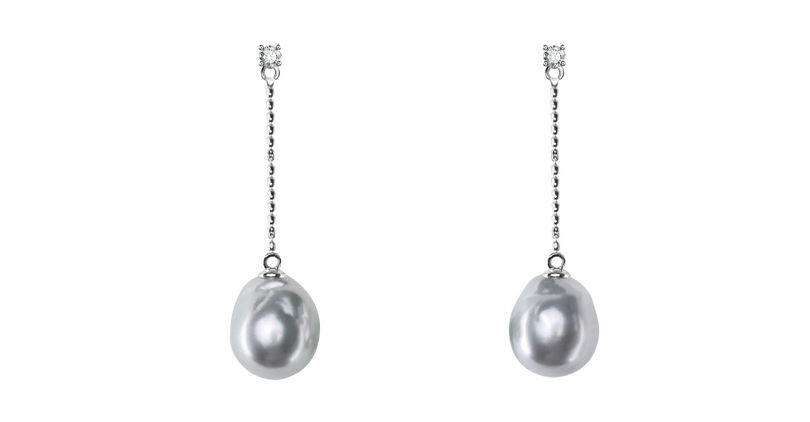 Shop Now
Shop Now
Rarity and Prestige
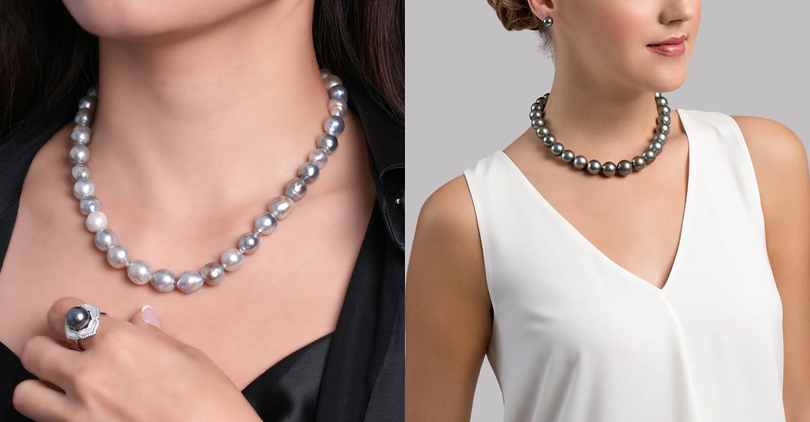
With pearls, rarity typically equates to prestige. Though both freshwater and saltwater pearls are beautiful, they differ in rarity and the statement they make. Let's discuss how these factors affect your decision:
Freshwater Pearls
The most affordable and versatile pearls are, of course, the famous freshwater pearls. Their shapes, sizes, and colors come in every conceivable combination and form. So, they are a great choice for everyday classy wear.
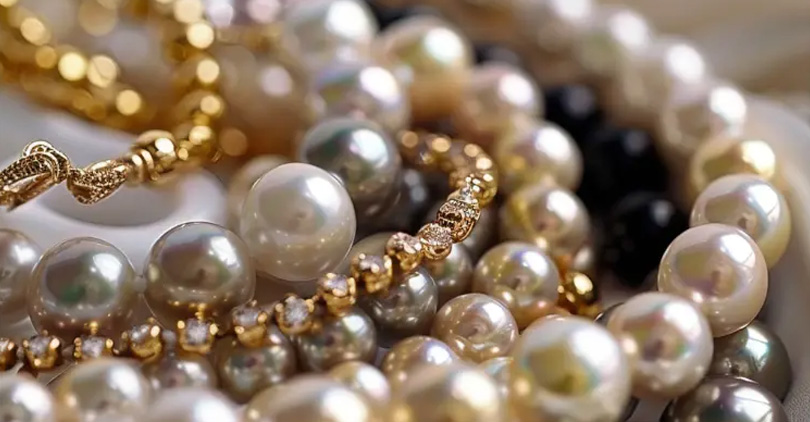
For those who want an accessible luxury, the freshwater pearl is a beautiful choice, even if it does not have the prestige of a saltwater pearl.
White Victoria specializes in selected freshwater pearls. They are perfect for all those who desire that touch of class added to daily wear with an astronomical price tag.
Saltwater Pearls
Saltwater pearls, in contrast, have become much more exclusive because of their rarity. The likes of South Sea and Tahitian are highly recognized for their exclusivity and upscale appeal. Their rarity, together with their size and luster, will make them true status symbols.
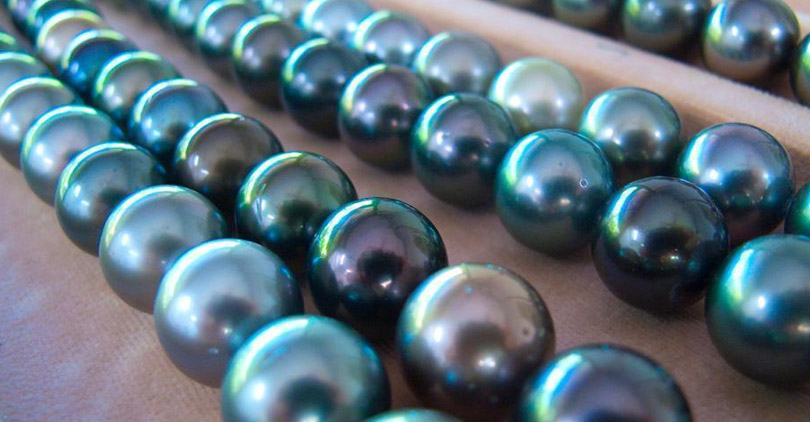
You can find high-end collections at White Victoria for whoever wants to draw attention in an upmarket manner. Maybe you are looking for a lavish South Sea necklace or a dramatic-looking Tahitian bracelet? These pearls offer prestige that is simply unparalleled.
Conclusion
In a nutshell, freshwater pearls are an excellent choice for anyone looking for affordability and variety. At the same time, saltwater pearls excel due to their exclusiveness and finer luster.
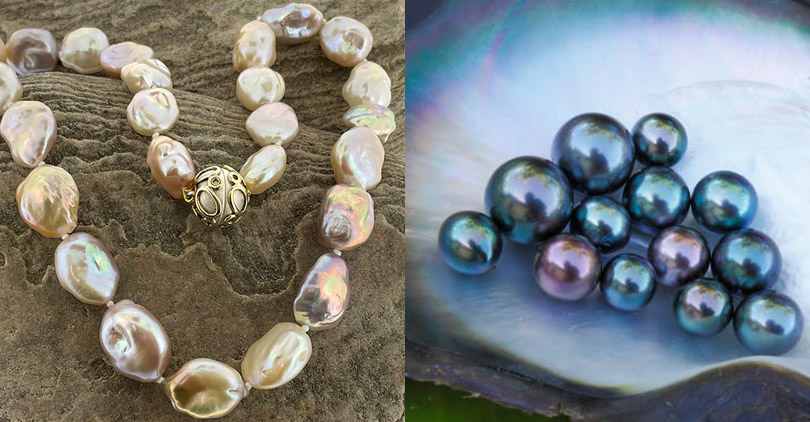
Whichever is over, both of them offer their own kind of beauty. Rest assured that with White Victoria, every pearl is crafted to ensure quality and care and to make certain you get only the best.
Looking for the eloquence of freshwater pearls or the prestige of saltwater pearls? White Victoria has a choice that would fit your style and budget. Take a glance to see their stunning selection and find the perfect pearls to complete your look!


Leave a Comment